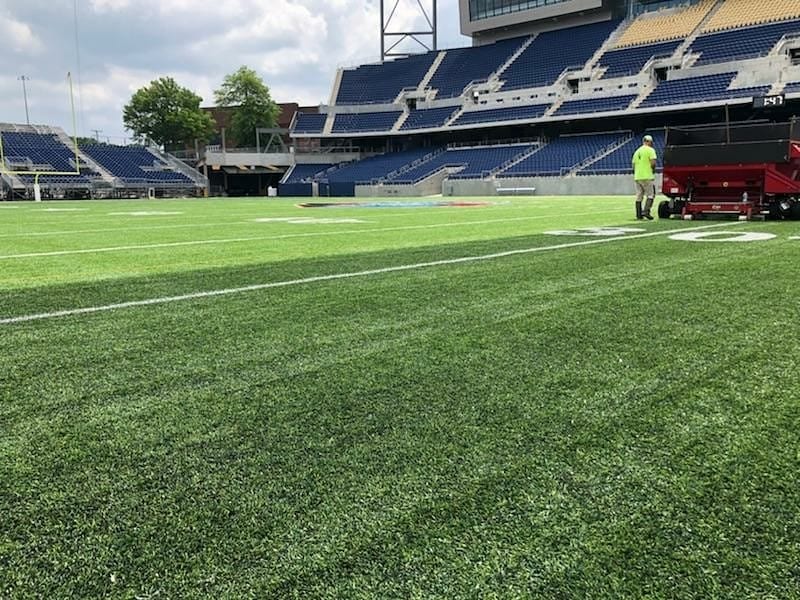Artificial grass has been making its own name in history as it slowly creeps into the lawns of many homeowners. The success of artificial grass today is hardly evident over the last few years after its establishment and invention. Artificial grass can be used as lawns, carpets, and for other purposes. But what we didn’t know was that artificial grass underwent a lengthy process before being recognised by millions of people.
Many homeowners have gone for the original artificial grass system because it offers less maintenance and can make a lawn look great. It can also save money in the long run. But the momentum suddenly stopped when a series of news stories about sports injuries caused by artificial grass arose. Artificial grass also heats up with rising temperatures. And this is when manufacturers began to think thoroughly about the system.

They started experimenting with the base of the artificial grass since the whole system and its durability doesn’t depend entirely on the blades. Manufacturers tried using different bases like crumbled rubber which doesn’t offer great drainage. They also used soil but it was found that it can damage your eyes despite a better drainage.
Finally, they came up with a mixture of rubber and sand on top of a sand layer and they topped it with rubber crumbs. This is where Hydrochill was invented. Hydrochill will trap the moisture inside but not long enough as long as heat enters it. With this, manufacturers managed to mimic the cooling effect of natural grass.
Natural grass grows with an unbalanced surface. So manufacturers used fibres that resemble a brush strand. They were looking to make the lawn look green and firm. But after they developed the soil, they turned their attention to the renovation and recreation of the blades too, thus high end blades were created and enjoyed today.

With the innovation of artificial grass blades, it is now possible to absorb shock, taking rubber crumbs back to their original purpose, and just like natural grass, some artificial grass has a cooling system because it can now also absorb water. Manufacturers have also invented a blade which resembles a “W” shape. This innovation gives the heat and water a path to pass through.
Although artificial grass provides an efficient and convenient lawn idea, there are still people who don’t believe in the power of science. There is also the concern that the manufacturing of artificial grass could impose a threat to the environment.
This is a collaborative post.


